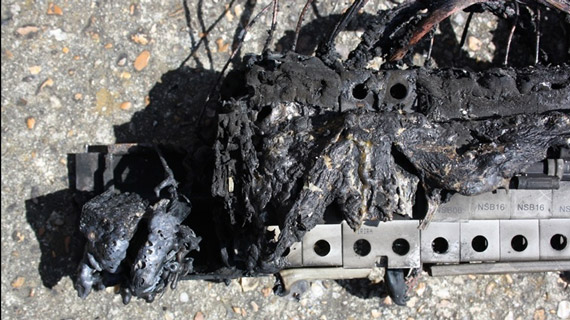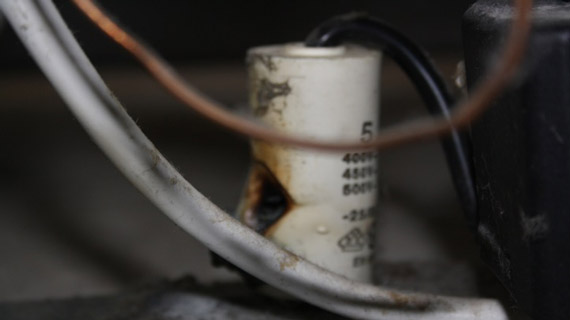Supporting the Fire and Rescue Services in the UK
We were approached by Kent Fire and Rescue Service to help them understand how they, as an organisation, respond to and investigate cases of electrical fire. Superficially, this issue might appear insignificant. However, distinguishing between electrical and non-electrical fires is not without its problems
A cursory examination of Kent Fire and Rescue Service’s own recorded data for electrical fires suggests that the term can be applied to any of the following fire incidents where:
- An electrical appliance is damaged.
- An electrical appliance is seen as a cause.
- The misuse of an electrical appliance leads to a fire.
- Environmental factors (such as rain water) lead to an electric appliance malfunction which, in turn leads to ignition.
Defining such incidents accurately and consistently has significant implications for a public service’s understanding regarding the risks associated with electrical fires. For example, without accurate data regarding electrical fires there is little opportunity for a fire and rescue service to appropriately liaise with manufacturers and public alike regarding the potential risks.

Our work therefore centred on the following questions:
- How are electrical fires defined, recorded and analysed?
- How do the number and proportion of electrical fires in Kent and Medway compare with similar geographical areas in the rest of the UK?
- Has the proportion of electrical fires (as a fraction of the total number of fires) in Kent and Medway changed in the last 5 years? If so, why?
- What are the training and learning implications of the outcomes of the empirical research?
To answer these questions we analysed the fire service data held on the Incident Recording System and conducted semi-structured interviews with fire officers, fire investigators and data analysts.
This project is still on-going, but we have discovered that the presence, or absence, of a malfunctioning electrical device seems to be a key aspect of confusion with respect to the definition and causation of electrical fires. A further source of confusion is whether incidents in electrical components with smoke but no flames should count as electrical fires.

The majority of the respondents felt that it was impossible to be certain about the cause of a fire unless the incident had been very small and the events leading to the fire were clear-cut. There was widespread agreement that it was particularly difficult to establish the cause if the fire (and the necessary means employed to extinguish or control such a fire) had been severe and caused widespread damage, particularly if there was no witness testimony to draw upon. Most respondents suggested that officers learnt how to attribute the fire causation ‘on the job’ without specific training inputs. Training in electrical fires was seen as insufficient.